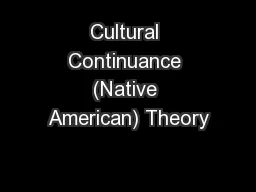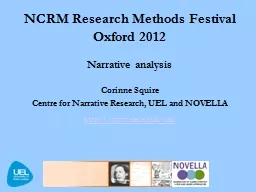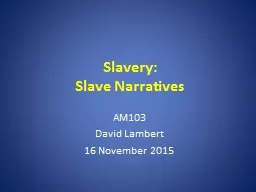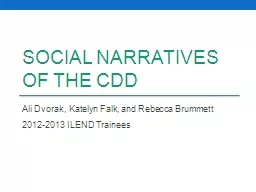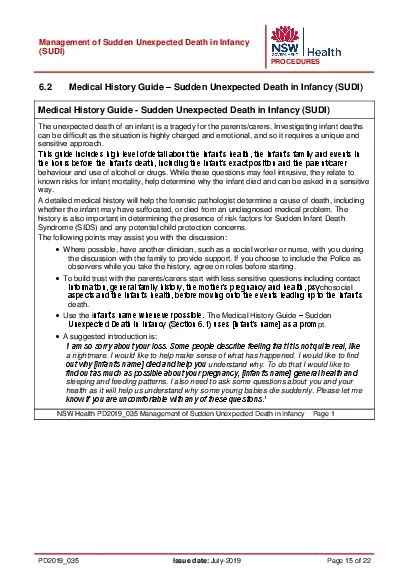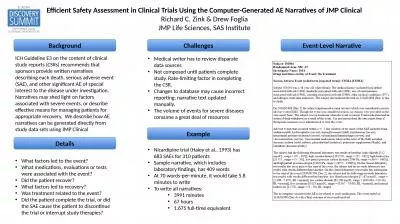PPT-Infancy Narratives
Author : conchita-marotz | Published Date : 2016-02-19
Common elements of religious infancy narratives Miraculous Conception The mother of the religious figure becomes pregnant through miraculous means Celestial Event
Presentation Embed Code
Download Presentation
Download Presentation The PPT/PDF document "Infancy Narratives" is the property of its rightful owner. Permission is granted to download and print the materials on this website for personal, non-commercial use only, and to display it on your personal computer provided you do not modify the materials and that you retain all copyright notices contained in the materials. By downloading content from our website, you accept the terms of this agreement.
Infancy Narratives: Transcript
Download Rules Of Document
"Infancy Narratives"The content belongs to its owner. You may download and print it for personal use, without modification, and keep all copyright notices. By downloading, you agree to these terms.
Related Documents



